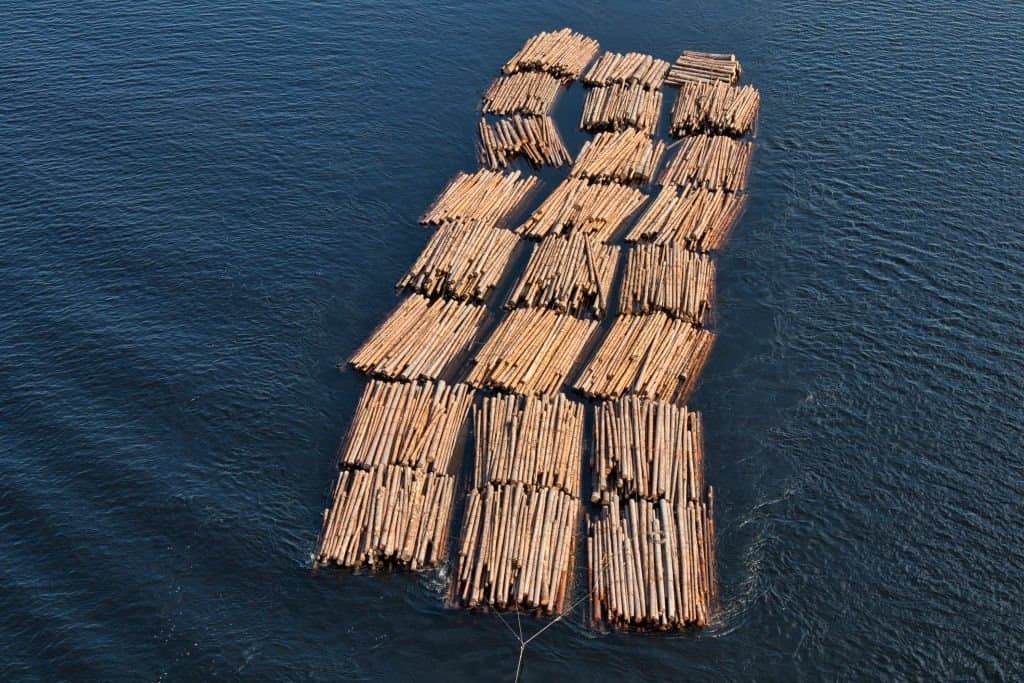
You’re an ambitious woodworker, passionate about creating stunning pieces that showcase the beauty and versatility of wood. Contrary to popular belief, you’ve heard whispers about a mystical type of wood that sinks in water. Curiosity piqued, and you set off on a quest to learn more about this elusive material.
Welcome, inquisitive woodworker, to your ultimate resource on the considerations when using wood that sinks in water.
(adsbygoogle=window.adsbygoogle||[]).push({})
Table of Contents
Introduction To Sinking Wood
Wood may float or sink in water, but what exactly separates these two categories? As you may have guessed, it all comes down to the density of the wood relative to the density of water. Highly dense wood species possess unique characteristics not found in their lighter counterparts.
In short, sinking wood is denser than water, making it a unique and sought-after material for certain applications. However, there are several factors one must consider when working with sinking wood.
“The density and hardness of sinking wood make it an appealing choice for furniture makers and woodworkers alike, but working with this unique material can present challenges,” says Ross Adams, a respected woodworker and master craftsman.
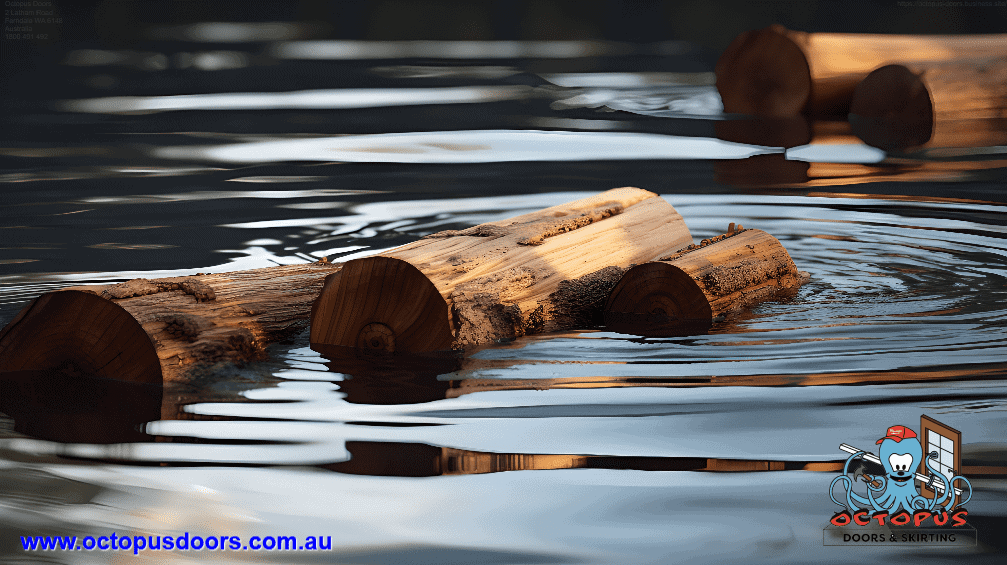
The Science Behind Sinking Wood: Density
Water has a density of 1 g/cm³. For wood to sink, its density must be greater than that.
Although most wood species have a density lower than water, there are few that surpass this threshold, opening up a world of possibilities for those willing to explore these rarities. But why are these woods denser than water? A combination of factors, including the wood’s structure and the concentration of lignin and cellulose within it, are responsible for this property.
(adsbygoogle=window.adsbygoogle||[]).push({})
Types Of Sinking Wood
Lignum Vitae (Guaiacum officinale)
Lignum Vitae, also known as the “Tree of Life,” is a truly exceptional wood species. Native to the Caribbean and the northern coast of South America, Lignum Vitae boasts an unrivalled combination of strength, durability, and density, making it the perfect choice for applications where these qualities are essential.
Key Characteristics:
- Density: Topping the charts with a density ranging between 1.2 to 1.4 g/cm³, Lignum Vitae is the densest wood in the world.
- Working Properties: Its oily composition yields a natural lubrication that allows for smooth cutting and minimal tool wear, despite its extreme hardness—up to 4,500 lbs on the Janka scale.
- Colour: Lignum Vitae exhibits a beautiful range of colours, from a pale yellow heartwood to a deep, rich green.
- Applications: Its outstanding properties make it ideal for heavy-duty engineering applications such as bearings, propeller shafts, and mallet heads. Additionally, its vibrant colours make it a popular choice for ornamental turning and heirloom woodworking projects.
Black Ironwood (Olea laurifolia)
Black Ironwood, found in the southern regions of Africa, comes in as a close second for the title of the world’s densest wood. Known for its attractive dark colour and exceptional resistance to wear, Black Ironwood has carved out a niche among artisans and industrialists.
Key Characteristics:
- Density: With a density of approximately 1.2 g/cm³, Black Ironwood is one heavyweight contender.
- Working Properties: This species is notoriously difficult to work with, as its extreme density (Janka hardness of 3,670 lbs) poses challenges for cutting and shaping. Carbide-tipped tools are highly recommended.
- Colour: As the name suggests, Black Ironwood displays a range of dark brown to black hues, often accented with streaks of lighter brown.
- Applications: Due to its remarkable resistance to wear, Black Ironwood is perfect for applications such as railroad ties, construction materials, and precision-engineered parts. Its highly attractive appearance also makes it an apt choice for custom furniture, sculpture, and turning projects.
Brazilian Ebony (Diospyros sp.)
Brazilian Ebony is characterized by its extreme hardness and rich dark colour. Found in the tropical regions of Central and South America, this highly sought-after material lends itself perfectly to furniture making and other woodworking projects, where both form and function are paramount.
Key Characteristics:
- Density: Brazilian Ebony’s density averages around 1.1 g/cm³, making it an impressive heavyweight in the world of woodworking.
- Working Properties: Due to its extreme hardness—up to 3,840 lbs on the Janka scale—Brazilian Ebony can be quite challenging to work with. However, sharp tools and slower cutting speeds can help tame this exotic beast.
- Colour: Exhibiting a deep, dark brown colour with streaks of black, Brazilian Ebony is strikingly beautiful and adds sophistication to any woodworking project.
- Applications: Its toughness, stability, and attractive appearance contribute to its popularity in the areas of high-end furniture making, cabinetry, and flooring. Moreover, its tonal qualities also make it an ideal choice for crafting musical instruments.
It’s vital to note that sourcing these rare woods responsibly is essential. Ensuring the use of ethically harvested and sustainably sourced materials will maintain the health of these ecosystems and prevent overexploitation.
| Wood Species | Density (g/cm³) | Janka Hardness (lbf) | Origin | Notable Applications | Key Features |
|---|---|---|---|---|---|
|
Lignum Vitae (Guaiacum officinale) |
1.2 – 1.4 | 4,500 | Caribbean and Northern South America | Bearings, propeller shafts, mallet heads, ornamental turning | Densest wood in the world, natural lubrication, vibrant colours |
|
Black Ironwood (Olea laurifolia) |
1.2 | 3,670 | Southern Africa | Railroad ties, construction materials, precision-engineered parts, custom furniture | Exceptional resistance to wear, dark colour, difficult to work |
|
Brazilian Ebony (Diospyros sp.) |
1.1 | 3,840 | Central and South America | High-end furniture, cabinetry, flooring, musical instruments | Extreme hardness, rich dark colour, stability, and tonal qualities for instruments |
| Woodworking Challenges | Sustainability Concerns | Historical Uses | Common Names | |
|---|---|---|---|---|
|
Lignum Vitae (Guaiacum officinale) |
Oily composition requires special attention when gluing; it should be pre-drilled before screwing | Overexploitation has led to CITES regulations: trade of this species is now regulated. | Traditional shipbuilding; used to create balls, pulleys, and other parts for ships | Tree of Life, Gaiac tree |
|
Black Ironwood (Olea laurifolia) |
Sharpening tools frequently is crucial due to the wood’s dense nature | African Black Ironwood is not currently listed in the CITES Appendices but should be used sustainably | Various traditional African tools and weapons; fence posts | Ironwood, Dead Man’s Hand |
|
Brazilian Ebony (Diospyros sp.) |
Difficult to work with due to its interlocked grain pattern and high-density blunting cutting tools | Brazilian Ebony has been overharvested, leading several species in the genus Diospyros to be listed on the IUCN Red List. | Ancient ebony was often used to make ornamental turning pieces in Europe, as far back as Roman times. | Ebony black or blackwood |

Sourcing And Sustainability
Given the rarity and high demand, the sustainability of sinking wood species has become a critical consideration. Organizations like FSC and PEFC work to promote responsible forestry, ensuring the long-term availability of these woods without harming the environment.
Before purchasing sinking wood, verify that your supplier is adhering to sustainable practices and holds certifications from such organizations.
Working With Sinking Wood
Though highly desirable, sinking wood can pose challenges during woodworking. The density and hardness can quickly dull standard tools and make shaping and cutting a laborious task.
Hand tools like chisels, goulettes, and hand planes, made from high-quality metal alloys or carbide-tipped, can help overcome these challenges. Other tips for working with sinking wood include using slower cutting speeds, more frequent sharpening of tools, and allowing for ample drying time to avoid warping or cracking.
“Working with sinking wood requires patience and good technique. Start with sharp tools and work slowly. Enjoy the journey—it’s a rewarding experience,” advises renowned woodworker Samantha Baker.
(adsbygoogle=window.adsbygoogle||[]).push({})
Applications And Potential Use Cases
Sinking wood is well-suited for a variety of applications, including:
- Intricately carved furniture
- Heavy-duty industrial components
- Musical instruments
- Luxury flooring
These woods’ longevity, resistance to wear and decay, and overall beauty lend themselves to projects that require lasting performance and aesthetic appeal.
Expert Tips And Tricks
- Make responsible choices by exploring alternative local species with similar characteristics to minimize the environmental impact of your projects (sources like the Wood Database are invaluable for this).
- Connect with other woodworkers to share knowledge and experiences when dealing with sinking wood. You never know what clever tips you might learn from fellow enthusiasts.
- Regularly monitor your tools and equipment to extend their life and ensure accurate, clean cuts, especially when working with sinking wood.
Discovering the world of sinking wood can offer endless opportunities and inspire innovation in your woodworking ventures. By understanding the factors to consider, from sourcing to working with the material, you’re well on your way to creating masterpieces unlike any other. Happy crafting!
(adsbygoogle=window.adsbygoogle||[]).push({})
Related Articles:

Soundproof Panels for French Doors
We’ve all experienced the frustration of unwanted noise infiltrating our homes through French doors. But fear not because we have the solution: soundproof panels. These panels minimize noise intrusion and create a more peaceful environment. When selecting panels for…

Can You Get Aluminium French Doors
So, you’re in the market for a new set of doors, huh? Well, let us tell you about the wonders of aluminium French doors. These babies are durable and low-maintenance, but they also come with all the bells and whistles you could ever imagine. From energy efficiency to…
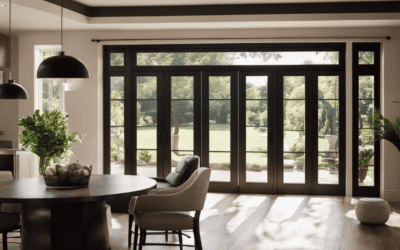
How Much Impact Pgt French Doors
We’re here to talk about the impressive impact of PGT French doors. Did you know these doors are rated to withstand winds up to 150mph? That’s right! With their laminated glass panes and foam frames, PGT French doors offer unparalleled protection against storm damage….
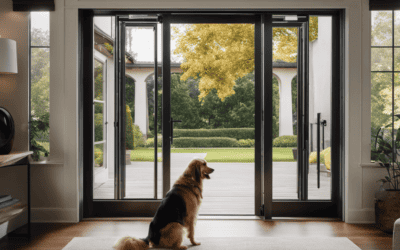
Dog Door Ideas for French Doors
Here at Dog Door Ideas for French Doors, we understand pet owners’ struggle when trying to find the perfect solution for their furry friends. Did you know that French doors can provide a stylish and elegant look to any home? This article will explore various options…
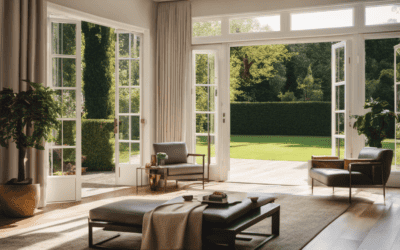
Why Choose French Doors
When enhancing our homes, we all want the perfect balance of style, functionality, and natural light. That’s why we believe French doors are an excellent choice. You might think, ‘But aren’t French doors more expensive and require more maintenance?’ They come with…
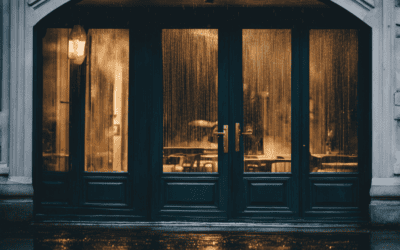
Do You Need French Door Awning Rain
Did you know a French door awning can protect your doors from rain and other weather conditions? We’ve all experienced the frustration of rainwater seeping through our doors, but with the right awning, you can keep your French doors dry and protected. Also, awnings…
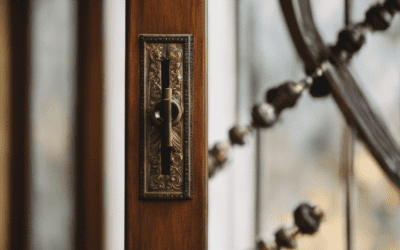
Do You Use Flush Bolts on Interior French Doors
We’ve all heard the phrase ‘lock the barn door after the horses have bolted,’ but the best time to act is now with flush bolts when securing your interior French and double doors. Not only are flush bolts a discreet and effective way to provide extra privacy and…

What Is the Smallest French Doors You Can Buy
Welcome, fellow homeowners! Are you searching for the perfect French doors to bring elegance and natural light into your space? We’ve got you covered. Today, we’re here to answer a burning question: what is the smallest French doors you can buy? While the standard…
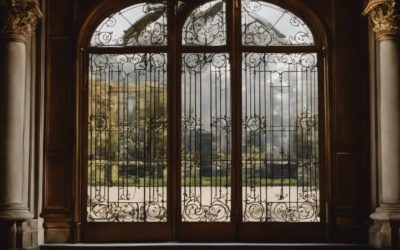
What Country Were French Doors Invented
Have you ever wondered where French doors originated? Well, we’ve got all the answers for you! French doors were actually invented in France during the 17th century. They were explicitly designed to reflect the symmetry and proportions of the Renaissance architectural…

Do They Make Retractable Screens for French Doors
Are you tired of pesky insects invading your home whenever you open your French doors? Well, we’ve got good news for you – retractable French door screens exist! These ingenious screens allow you to enjoy the fresh air without the hassle of bugs buzzing around. h2 But…
Message Us
Get In touch below. Ask Any Question or Start a Free Quote
Call Us
1800 491 492

I’m James Davis, a carpenter with eight years of experience in carpentry services, repairs, installations, renovations, and maintenance of interior doors. I have a diploma in carpentry and joiner trade from the Education Skills Australia Institute and take pride in delivering high-quality results to ensure customer satisfaction. I’m a blog writer for Octopus Doors Company and enjoy sharing my knowledge and tips on maintaining security measures and choosing the right door materials, paints, or handle styles. I specialize in custom-made interior doors and strive to make every home look fabulous. Contact me anytime for help with door-related issues.